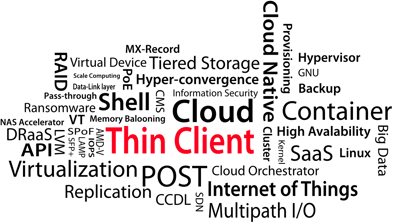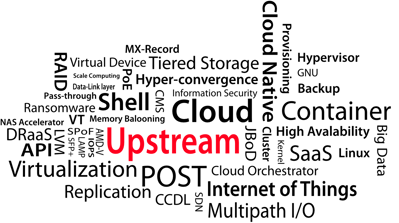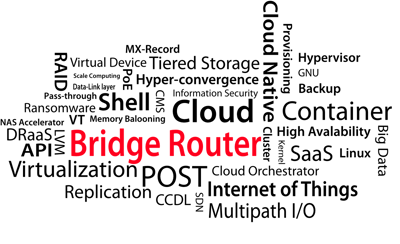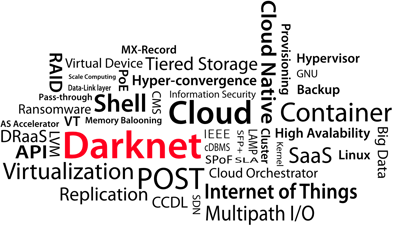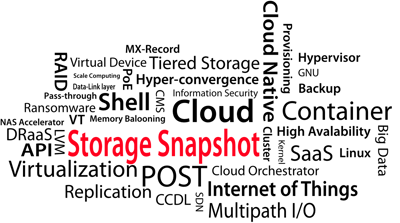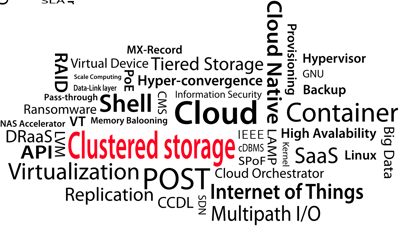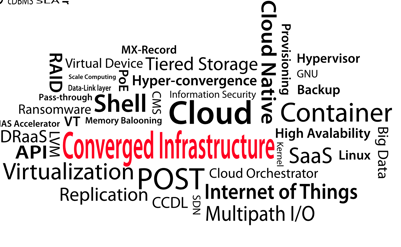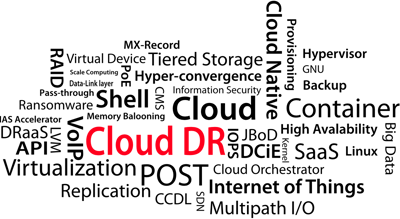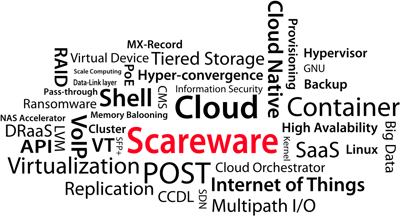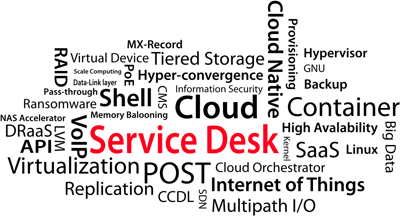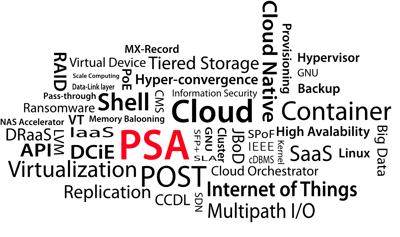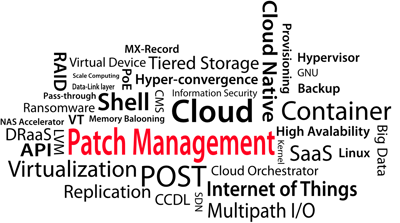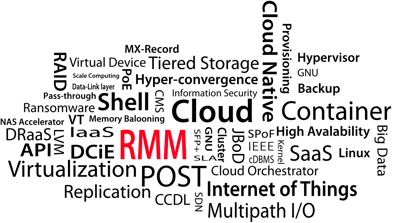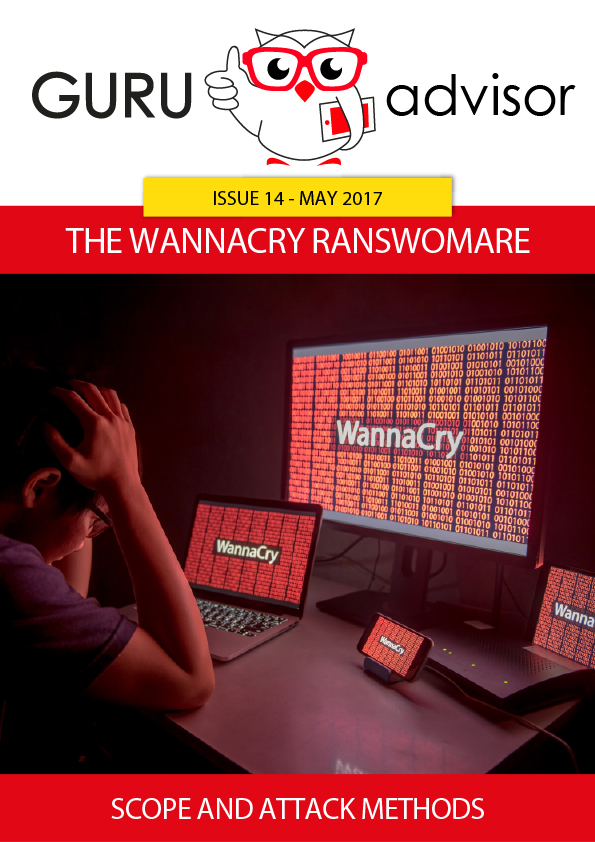- Details
-
Category: Word of the Day
-
Published: Thursday, 01 December 2016 08:30
-
Written by Guru Advisor
A thin client is a computer connected to a network which locally has limited software and is highly dependant upon the resources available on the network. Historically, this concept is related to mainframes, when clients were only used to connect to the central computer, which had a very powerful hardware and only ran software used remotely.
- Details
-
Category: Word of the Day
-
Published: Wednesday, 30 November 2016 08:30
-
Written by Guru Advisor
Upstream is the term used to indicate the sending or the flux of data from a client towards a server or remote destination. The speed at which the data transmission happens is called upstream rate.
- Details
-
Category: Word of the Day
-
Published: Tuesday, 29 November 2016 08:30
-
Written by Guru Advisor
WiGig is a new standard about data transmission on WiFi channels developed by the Wireless Gigabit Alliance (formed by giants such as AMD, Cisco, Dell, Broadcom,Intel Marvell, Nokia etc..) with the goal of promoting the improvement of speed in wireless connections. WiGig is also known as standard IEEE 802.11ad.
- Details
-
Category: Word of the Day
-
Published: Monday, 28 November 2016 08:30
-
Written by Guru Advisor
The term Data Integrity, when referred to an IT network frame, refers to the characteristics of completeness, accuracy and coherence of transmitted data. Data integrity is detected at the beginning and at the ending of a network transmission and it can be verified by means of checks on errors and related errors identification and correction protocols.
- Details
-
Category: Word of the Day
-
Published: Friday, 25 November 2016 08:30
-
Written by Guru Advisor
Bandwidth is a generic terms that defines the measure of transmitting capacity of a certain communication means (it’s usually expressed in bit/Kbit/Mbit/Gbit per second).
It can be used as a unit of measure regardless of the specific technology the transmission is realized with: cable, optical fibre, wireless, etc..
- Details
-
Category: Word of the Day
-
Published: Friday, 25 November 2016 08:30
-
Written by Guru Advisor
The term Bridge Router describes a network device that can be act both as a bridge and as a router. It can forward packets to the devices connected to LAN networks when there are no routing information and to external networks by means of TCP/IP. A bridge router works within the network and data link layers of the OSI model.
- Details
-
Category: Word of the Day
-
Published: Friday, 25 November 2016 08:30
-
Written by Guru Advisor
The term Cloud VPN describes a type of Virtual Private Network that leverages a Cloud platform to realize a private virtual connection between hosts instead of dedicated, on-premises servers and gateways for OpenVPN and the like. This way you can give a global VPN access to users by means of a cloud platform that can be reached anywhere with an Internet connection.
This kind of service is also known as Hosted VPN and VPN as a Service (VPNaaS).
- Details
-
Category: Word of the Day
-
Published: Thursday, 06 October 2016 08:30
-
Written by Guru Advisor
The term Egress Filtering represents a technique used in network security that is about filtering outgoing traffic with a dedicated firewall, before data is transmitted to other networks. This approach, which can prevent the diffusion of non-authorized traffic, is based on the analysis of data packets going across the firewall, which must be configured accordingly.
- Details
-
Category: Word of the Day
-
Published: Wednesday, 05 October 2016 08:30
-
Written by Guru Advisor
The term Darknet indicates all networks that are not indexed by the main search engines (ie. Google, Yahoo, Bing). Access and browsing on such networks is granted only to determined groups of users and often require an authorization, given the fact they are not publicly visible.
Moreover, browsing requires dedicated software, like the TOR browser used for the Deep Web.
- Details
-
Category: Word of the Day
-
Published: Wednesday, 05 October 2016 08:30
-
Written by Guru Advisor
A Storage Snapshot can be defined as a set of pointers (a kind of table) describing data saved on a particular storage. Snapshots can be applied to different storage devices (hard disks, SAN, specific file system, etc..).
The presence of snapshots in some cases (ie ZFS) allows to perform a rollback and bring back the storage to a previous working state after a malfunctioning or damage.
- Details
-
Category: Word of the Day
-
Published: Friday, 30 September 2016 08:30
-
Written by Guru Advisor
The .htaccess file is a configuration file of the Apache Web server that allows the administrator to define additional folder access and addressing options. Such file uses the same syntax of the other Apache configuration files and it must be placed inside the folder of the Web server that has to be configurated.
The use of .htaccess files guarantees an high control granularity on folders-
- Details
-
Category: Word of the Day
-
Published: Wednesday, 28 September 2016 08:30
-
Written by Guru Advisor
IP address classes are a classification used to define the addressing spaces of IPv4. This structure is defined in such a way that it the subnet mask can be deduced by the first bits of the address. Addressing classes goes from A to E, and as the class gets higher, the ratio prefix/suffix of the address changes, with a consequent definition of the difference between the number of networks and the number of clients per network that can be indexed.
- Details
-
Category: Word of the Day
-
Published: Wednesday, 28 September 2016 08:30
-
Written by Guru Advisor
The term Clustered Storage defines the use of two or more storage servers working together in order to improve the resulting performances, capacity and reliability. The presence of a clustered storage inside an infrastructure also allows to distribute the workload.
- Details
-
Category: Word of the Day
-
Published: Tuesday, 27 September 2016 08:30
-
Written by Guru Advisor
The term Converged Infrastructure describes an approach to the management of data centers that aims to minimize compatibility problems between different hardware platforms, which are common in this context. Convergence is implemented by realizing dedicated appliances with an hyper-converged approach.
- Details
-
Category: Word of the Day
-
Published: Monday, 26 September 2016 08:30
-
Written by Guru Advisor
IAC stands for Infrastructure as a Code and defines all kinds of iT infrastructures that can be managed in an automated manner by means of code, instead of needing manual work. The approach is similar to scripting, and the difference in an IAC context is that the level of the operations is higher than the simple iterations of a static code. That can be done also thanks to high level programming languages.
- Details
-
Category: Word of the Day
-
Published: Monday, 26 September 2016 08:30
-
Written by Guru Advisor
The term Cross Platform describes those products or systems that work properly on different platforms or operating systems. Synonyms of Cross Platform are Multiplatform and Platform Indipendent.
- Details
-
Category: Word of the Day
-
Published: Thursday, 11 August 2016 08:30
-
Written by Guru Advisor
The term Cloud DR identifies these backup and restore strategies applied to IT infrastructures, which include the use of the Cloud as repository for additional copies, thus guaranteeing the complete availability for the restore procedures in case of failover.
- Details
-
Category: Word of the Day
-
Published: Thursday, 11 August 2016 08:30
-
Written by Guru Advisor
The term Scareware defines a category of harmful software that misleads users to visit infected Web sites. Usually it appears as a pop-up window or a fake Web page warning the user about the presence of PC infections and providing one (or more) links to visit in order to remove the supposed infection. The main goal of scareware is to steal personal information from the victim.
- Details
-
Category: Word of the Day
-
Published: Wednesday, 10 August 2016 08:30
-
Written by Guru Advisor
The term Service Desk defines, in general, the communication service made available by a company providing services to its own clients. Service Desk corresponds to SPOC (Single Point of Contact) between a provider and its own users, suppliers and partners, provides information and manages warnings about faults and issues.
- Details
-
Category: Word of the Day
-
Published: Monday, 18 July 2016 08:30
-
Written by Guru Advisor
SLA stands for Service Level Agreement and identifies the contractual tools which define service and intervention metrics that must be respected by a provider when assisting a client. An example of SLA is intervention time in case of needing, per failure typology and period of the year (week-ends, night, holidays, etc..). In this context the use of dedicated PSA software is suggested.
